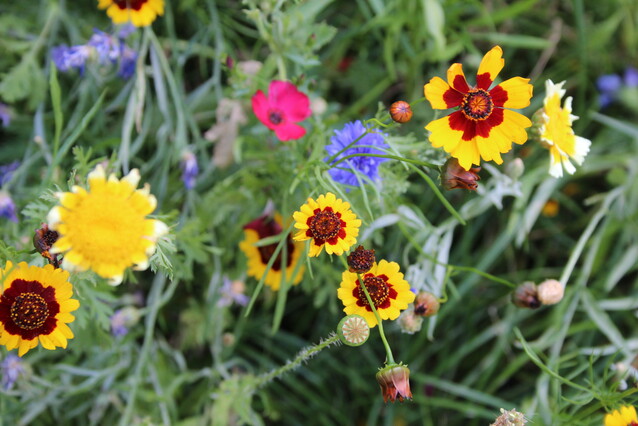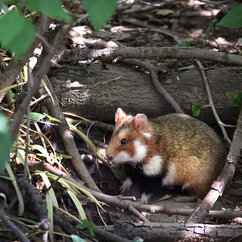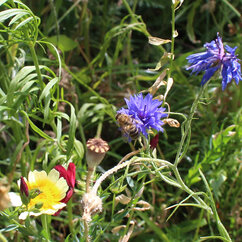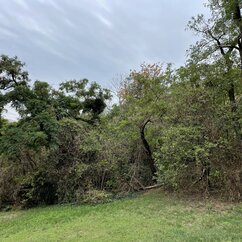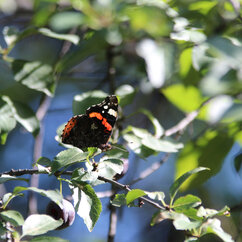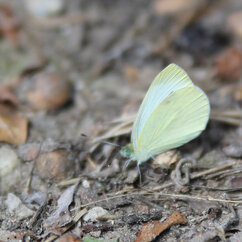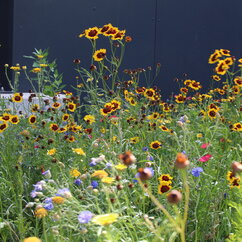Enhancing biodiversity at the Vienna BioCenter
The Vienna BioCenter is flanked by urban green oases, home to many plants, insects, and small vertebrates. Institutes on campus are dedicated to enhancing sustainability with many actions, including fostering biodiverse green spaces.
The Vienna BioCenter, home to a vibrant community of biologists and other life scientists, has traditionally not been renowned for its biodiversity and green spaces. However, as part of a broad set of sustainability initiatives, member institutions within the Vienna BioCenter including the IMP are engaged in enhancing the local environment’s greenery and biodiversity. The campus sits in a strategic location for urban nature: between the Erdberger Stadtwildnis, an urban oasis of greenery, and the Sankt Marx cemetery.
Erdberger Stadtwildnis
Spanning approximately one hectare, the Erdberger Stadtwildnis is an urban park nestled between Anton-Kuh-Weg and Maiselgasse in Vienna’s third district. It sits on what used to be the undercut riverbank of the ancient Danube, called a "Prallhang" in German. Today, it is labelled as a natural monument and associated with a small patch of urban wilderness. The Stadtwildnis provides a haven for many insects, plants, and small vertebrates. Such “wild” areas are rare in fragmented urban landscapes and deserve protection, as they serve as refuges for flora and fauna.
Sankt Marx Cemetery
The Sankt Marx Cemetery represents another sanctuary for urban wildlife. Although it is peppered with the invasive Butterfly bush (Buddleia sp.), it is also home to many native species, including the critically endangered European hamster and the long-eared owl. The cemetery is no longer actively used as a burial ground but is maintained as a park.
Vienna’s cemeteries are famous for their wildlife, with a BBC filming crew even journeying here to capture the European hamster in the Central Cemetery.
Since April 2021, the citizen science project BaF (Biodiversität am Friedhof, or Biodiversity at the cemetery) has been investigating urban biodiversity in Viennese cemeteries. The team around Thomas Filek of the University of Vienna has uncovered a wealth of animal, plant, and fungal species within these peaceful grounds. With a total of 46 cemeteries scattered throughout Vienna, there is a lot to explore. If you take a stroll in a Viennese cemetery and wish to report your observations, visit the Stadtwildtiere website (in German).
While green areas at the Vienna BioCenter are limited, institutes on campus support nature by replacing their non-native terrace plants with native and edible plants, and by establishing wildflower meadows where possible. These supply food and shelter for insects, birds, and other small vertebrates. These efforts aim to contribute to creating green corridors in the city.
The Vienna BioCenter, in tandem with the surrounding urban green spaces and cemeteries, is forging a path towards increased biodiversity and sustainability. This collective effort underscores the importance of preserving and nurturing nature within our urban landscapes.
Read more
